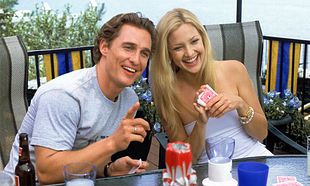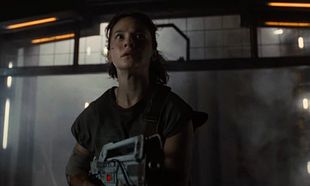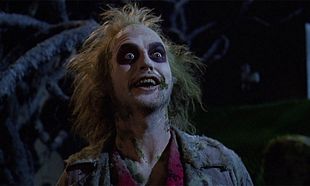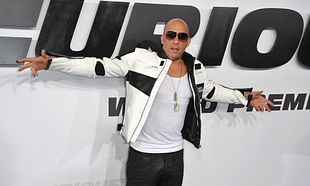Key Scene is a new feature series on entertainment.ie where we look at a key scene from movies, how it locks into the overall story, and why it works so well that we're talking about still to this day.
'The Usual Suspects' is, like a lot of movies in the '90s, defined more by its twist than anything in the story itself. 'The Sixth Sense', 'Titanic' to a certain degree, they all work their way up to a climax and then zip the rug out underneath with varying results.
Throughout the movie, we're told of an all-seeing, all-powerful Turkish crime lord named Keyser Söze who's had a hand in every step of the story, until at long last, it's revealed that the very person telling the story was the person at the centre of it - Roger 'Verbal' Kint matched the facial sketch of Söze, and he's just walked out of the office, adjusted his stride, lit a cigarette, and has been driven off in a Jaguar by the lawyer.
What do we really see in that scene, though? When the coffee mug drops, we see that Kint / Söze has essentially concocted an entire story based on little snippets he's gathered on a corkboard behind him and in the office around him. The coffee mug has the same name as the lawyer. The corkboard is from the same place as some other minute detail.
According to Kint's story, Söze was behind it all - the reason all of the usual suspects were placed together on the lineup, how Dean Keaton came to join them, the fence named Redfoot, the lawyer who put them on the boat and told them there was a wealth of drugs to be stolen if they destroyed the boat in the first place.
You can sit and piece together what's real and what isn't in the movie. The boat really was on fire, and the people hauled out of the wreckage included Dean Keaton, the former police officer-turned-restauranteur. Only two people survived, one of them a Hungarian mobster with severe burns and no English, and the other is an overly-talkative con artist. After that, it's all bullshit.
But is Keyser Söze real? Was Kint really telling the truth, or simply changing a few details of the story in order to make himself appear less threatening so he could walk out of the office? Was any of it real, or simply an elaborate story concocted by a con artist?
All of this, of course, doesn't really matter. We as the audience are caught in the middle of it, drowning in theories and potential readings of the story. In fact, the trick is in the name itself of Keyser Söze. The surname is taken from a Turkish idiom, "söze boğmak", meaning "to drown in a sea of words", or "talks too much." Keyser sounds similar to the German word for Emperor, Kaiser. In other words, Keyser Söze is the king of bullshit.
It's in that scene, that moment of realisation, that the movie itself hinges in on our reality. We've been watching a completely made-up story inside of a completely made-up story. Just when we try and grasp at it, (poof), it's gone.
Thanks to Damien Gavan for this week's suggestion. Got a suggestion for Key Scene? Get in touch! E-mail [email protected]








































































